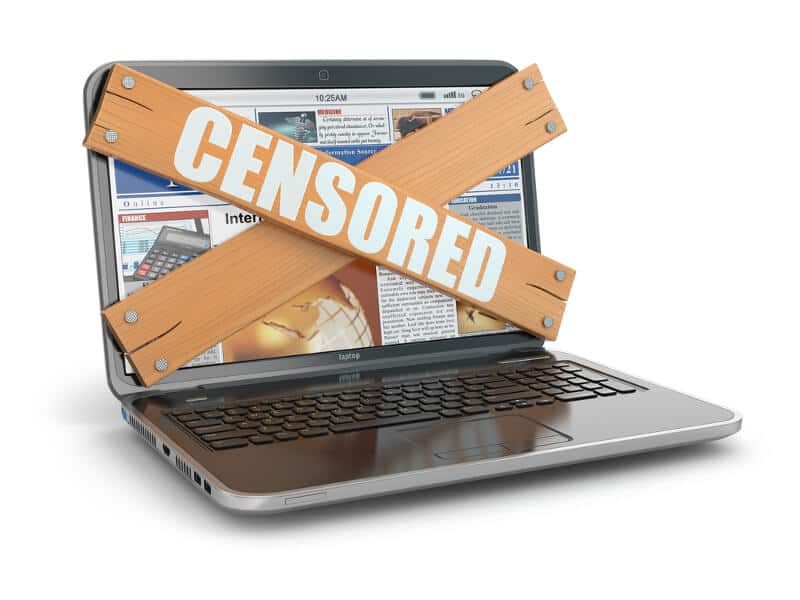You may have noticed itchy welts on the skin, blood stains on the sheet or have seen an insect in the house you suspect is a bed bug. The first thing to do is to correctly identify the pest and do a bed bug inspection. Inspect the bedroom first. The pests tend to stay as close as possible to the host’s resting area.
If after inspecting the bed you discover the infestation is severe the next place to inspect is the perimeter of the room. In severe infestation, the pests tend to move away from the bed to other locations.
What to look for
a. Blood stains
b. Dark faecal spots
c. Eggs, eggs shells, cast off skin
d. Bed bugs (adult and nymphs)
e. A pungent mouldy shoes or sickening sweet odour from an oily liquid discharged from the glands in the thorax
Inspection tools
a. A strong flashlight
b. Magnifying glass
c. Plastic zipper bag
d. Crevice tool
e. Compressed air
f. Screwdriver
g. Small tool kit
h. Alcohol, cotton swabs/baby wipes
i. Sticky traps
j. Gloves, soapy water, cloth and sponge
k. Mirror with handle
l. A notepad
m. A camera
n. Adjustable spanner
o. Hammer
Inspect the perimeter of the room
a. Remove all wall hangings (e.g. mirror, paintings, pictures etc.) and inspect them.
b. If framed photos or art are on the wall open the frames and inspect inside and underneath the paper backing.
c. Check behind loose wallpaper and peeling paint.
d. Remove curtain rods and examine them carefully.
e. Check underneath hardware on the walls.
f. Inspect all door frames inside the room including the bathroom, closet and other door frames.
g. Inspect inside the bore hole for the latch on each door.
h. Inspect ceiling lights and fixtures. If bed bugs are found in ceiling lights it may indicate they are moving from the upper floor unit.
If you find bed bugs on the wall they may be hiding under ceiling mouldings, in smoke detectors and in thermostats.
In an established infestation, bed bugs will spread throughout the perimeter of the room (walls, mouldings and rugs) and hide in clutter on the floor and underneath the bed.
i. Inspect mouldings and where the floor joins and examine the walls closest to the bed. Swipe the crevice tool in an upward motion behind mouldings to chase bed bugs out of the harbourage.
j. Gently fold back the edges of wall-to-wall carpet and look for the pests. Pay attention to the tack strip of carpets.
k. Inspect beneath the edges of areas rugs.
l. Remove electrical switch plate and outlet and phone jack plate with a screw driver and inspect behind them.
Inspect unusual locations
a. Inspect the television and battery compartment in the remote control.
b. Inspect cell and cordless telephones.
c. Inspect lamp and alarm clocks.
d. Inspect computers and other electronics.
e. Inspect children toys and stuffed animals.
f. Inspect jewellery boxes.
g. Inspect books, magazines, newspaper and files.
h. Inspect brick walls and textured ceilings.
i. Inspect air condition unit, ducts and heating unit.
j. Inspect wheelchairs.
In severe infestation, the insects sometimes make their way into adjacent rooms or unit by going through electrical, heat and phone line conduits. They can also crawl under doors and make their way across hallways. In this case, it is important to extend the bed bug inspection into rooms.
Evidence that suggests the insects are moving across rooms includes:
a. The pests are found in ceiling light fixtures.
b. The pests are moving in and out of electrical switch plates on walls and excrement found on the side of switch plates or near ducts.
c. The pests are often found in the bathroom or kitchen.
In this case, the pests may be coming from a severely infested room adjacent to the kitchen and bathroom. They make their way into the kitchen and bathroom along water pipes.
Bed bug inspection requires much time, especially in severe infestation. You must be very patient to locate all the harbourages to eliminate the pests.


.jpg)


